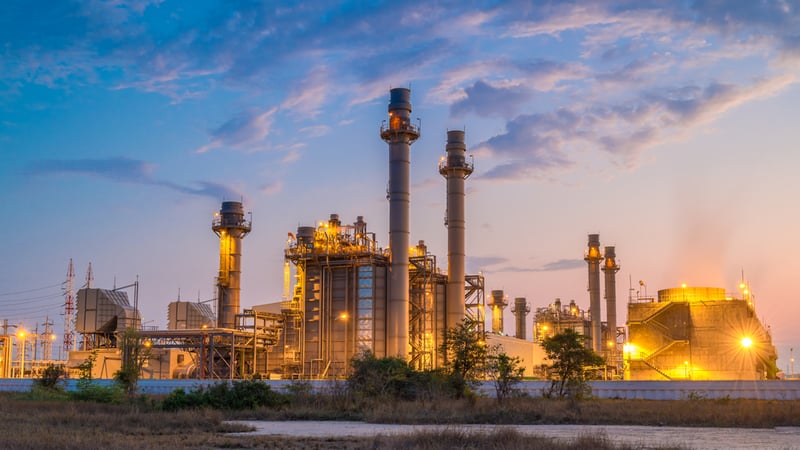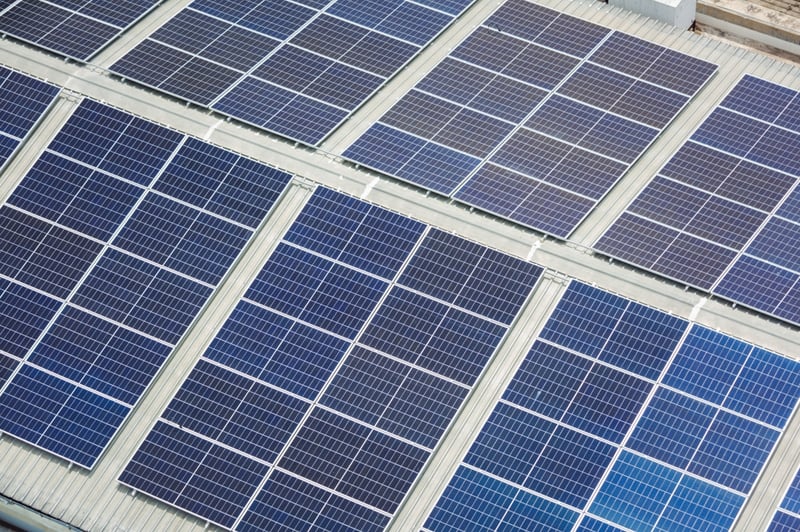Is the New York Grid Prepared for Chilly Climate?
The North American Electric Reliability Corporation (NERC) publishes two assessments of North American power grids each year, analyzing operation conditions during summer and winter. Their latest grid assessment covers winter 2022-2023specifically the period between December and February.
Their analysis is divided by regions and subregions: New York State is part of the Northeast Power Coordinating Council (NPCC), which also covers the New England states and eastern Canada. Since the NPCC covers a large territory, NERC divides it into subregions, and there is a dedicated assessment for New York.
Concerned about blackouts due to winter weather? Get a professional backup power system design.
NERC concludes that New York power grids are well prepared for the winter, with a reserve margin of 83.2% between anticipated electricity demand and the generation resources available. Here we will provide an overview of their analysis.
New York State Power Grid Outlook for Winter 2022

NERC considers several scenarios for each region, including a worst-case scenario with extreme winter weather. In the NPCC-New York region, they considered three different scenarios, and calculated the corresponding reserve margins:
- Reserve margin under normal winter conditions: 83.2%
- Reserve Margin with Typical Power Plant Outages: 58.7%
- Reserve Margin under Extreme Winter Conditions: 23.9%
NERC recommends a minimum reserve margin of 19.6% for the NPCC-New York region. However, the margin between available generation and power demand stays above this value even in the most pessimistic scenario. Based on this analysis, NERC concluded that the local grid is well prepared for winter.
The NYISO (New York Independent System Operator) service territory has 20.2 million customers, 760 power generators, and more than 11,000 miles of transmission lines. The grid experiences its consumption peak during summer, due to air conditioning loads. Peak demand is lower during winter, since space heating is mostly accomplished with natural gas.
However, New York is actively working to decarbonize the building sector, and a large number of properties could switch to fully electric heat pump systems in the near future. This would lead to a higher winter peak, which can potentially surpass the summer peak.
New York Winter Generation and Demand: A Detailed Breakdown

According to NERC, New York State has 42.5 GW of generation capacity available for winter, but the actual capacity could be lower under unfavorable conditions:
- Typical maintenance outages = -3.3 GW
- Typical forced outages (5-year averages) = -2.3 GW
NERC has forecast a net internal demand of 23.2 GW for winter 2022-2023. With the full capacity of 42.5 GW, there is a difference of 19.3 GW between power supply and demand, equivalent to an 83.2% margin.
With a combination of maintenance outages and forced outages, the effective capacity decreases to 36.9 GW, still above the 23.2 GW demand forecast. The difference between supply and demand is reduced to 13.7 GW, or a 58.7% reserve margin.
Extreme winter weather could disrupt the natural gas supply, reducing the available capacity by an additional 5.7 GW, reaching an effective value of only 31.2 GW. However, NYISO can use demand response measures to mitigate 3.3 GW of demand.
Peak demand would also be higher with extreme weather, reaching 25.4 GW and requiring an operating reserve of 2.6 GW. In this case, the reserve margin shrinks to 23.9%. This is much lower than the reserve margin under normal conditions (83.2%), but still higher than the minimum recommended value (19.6%).
Why Onsite Generation Is Valuable for NY Building Owners

NERC has concluded that the NY state grid is ready for the 2022-2023 winter, and it can even deal with extreme weather conditions. However, power grid reliability and electricity prices are completely different topics.
Although NY state has the benefit of grid stability this winter, electricity prices are among the highest in the country. The latest data from the US Energy Information Administration (August 2022) shows an average electricity price of 20.05 cents/kWh for commercial users in NY state, while the nationwide average is only 13.45 cents/kWh. In other words, a commercial building located in NY state is paying nearly 50% more for electricity, with respect to US average rates.
Commercial solar systems are an excellent investment for building owners in NY, given the combination of high electricity prices and generous incentives for NYSERDA. Under favorable conditions, solar power systems can achieve a payback period of less than 5-6 years. When qualifying for incentives from the NYSERDA NY-Sun Megawatt Block Programa payback period of less than 3-4 years is possible.

Comments are closed.